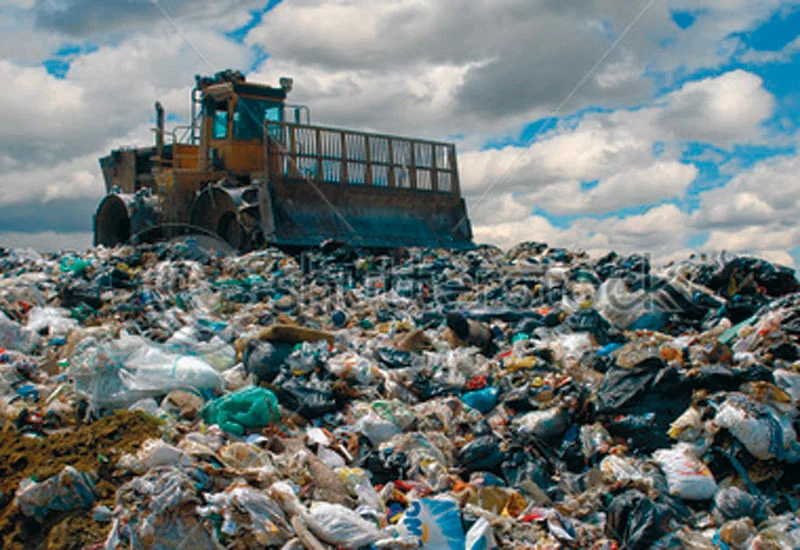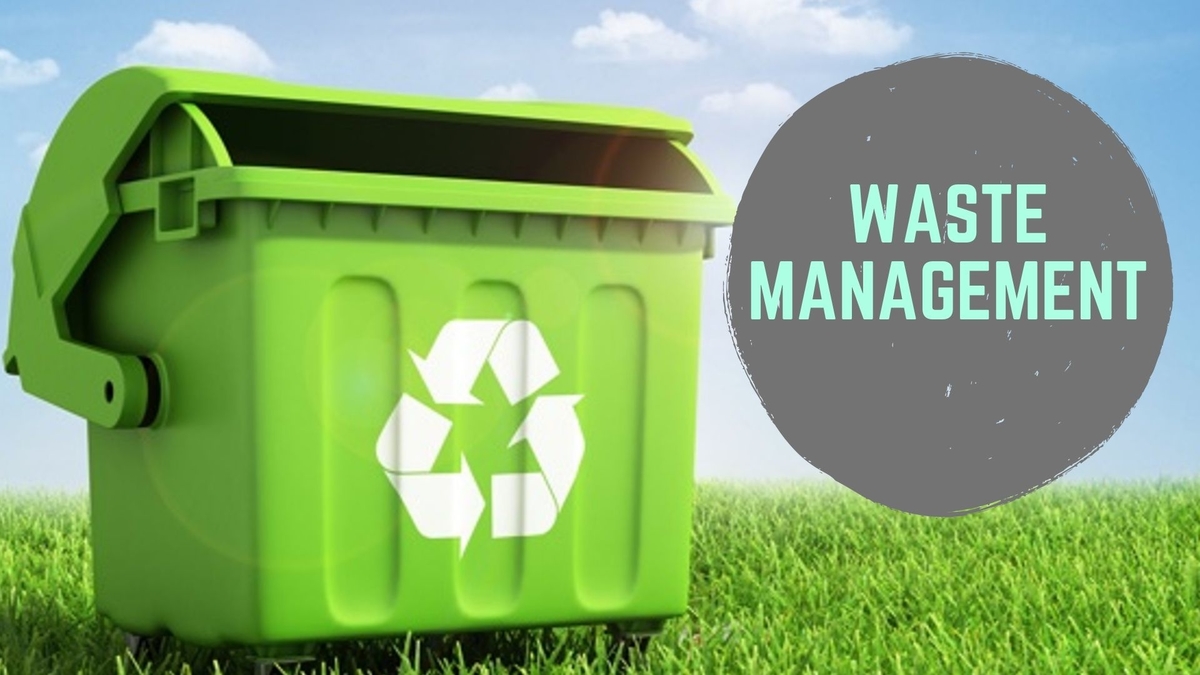Waste management is the management of discarded materials and trash. Waste management can be a process of collection, transport, treatment and disposal, or in some cases just collection and disposal. It also includes the management of the processes of waste handling and it may include waste disposal and recycling. It is a term that is used to describe activities that reduce the amount of waste generated per capita per day, for example through waste reduction and recycling.
Recycling Waste Management
The recycling of waste management is a great way of conserving the environment. The process of recycling waste includes converting the waste contents into a usable substance or product. For example, plastic waste is recycled for use in producing plastic bags and other items. The recycling of waste management is an important aspect of waste management. In the U.S. alone, millions of tons of waste and toxic material are thrown away each day. However, the recycling of waste and toxic substance management is a better and cheaper option to manage the problem of waste and toxic substance.
Incineration Waste Management

Incineration waste management is a method used by United States of America to safely manage waste. In this method, waste is used to generate electricity or heat. This method is also used to destroy waste which is considered as dangerous to humans and the environment. There are several ways of incineration waste management. Some of these methods are: Co-generation which is also known as waste to energy, Thermal destruction and Gasification. One of the popular waste to energy techniques is pyrolysis. In pyrolysis, waste is converted into electricity and fuel. This technique is considered as safe as the process produces very less quantities of toxic waste and does not produce any air pollution.
Landfills
The landfills in the USA processes over 30 million tons of waste every year, these landfills occupy millions of square meters of space, and produce millions of tons of gases which are released into the environment making the air toxic. So the government of the USA is taking great measures to find an alternative solution for this. The government is trying to find a solution to manage the waste from landfills in a way that it doesn’t harm the environment. But the problem is that the landfills are operating with full capacity and there is not enough space left for more waste. The government is looking for a solution to this problem. See also the waste management.
Biological Reprocessing
The US is one of the biggest biological reprocessing waste generators in the world. The commercial reprocessing industry in the US is growing yearly and already a $200 million dollar a year industry. The EPA has also started to impose stricter regulations on the industry.
Biological reprocessing (or bio-reprocessing) is an emerging technology to recover metal values from end-of-life vehicles, appliances and other non-hazardous wastes. The metal values in such wastes can be recovered through a biological process rather than a chemical process, thus facilitating the reprocessing . Non-hazardous wastes are disassembled in large composting systems, which are similar to compost piles, creating a slurry of organic and inorganic materials. The metal is recovered from the slurry by biological conversion, which is more efficient and less costly than the traditional smelting process. The resulting material is environmentally safe.
Animal Feed
Animal Feed waste management has to be handled with very high care because it is a very rich source of protein. So farmers need to collect the waste and turn it into compost or manure. A very important thing here is the safety of the farmers and animals.

